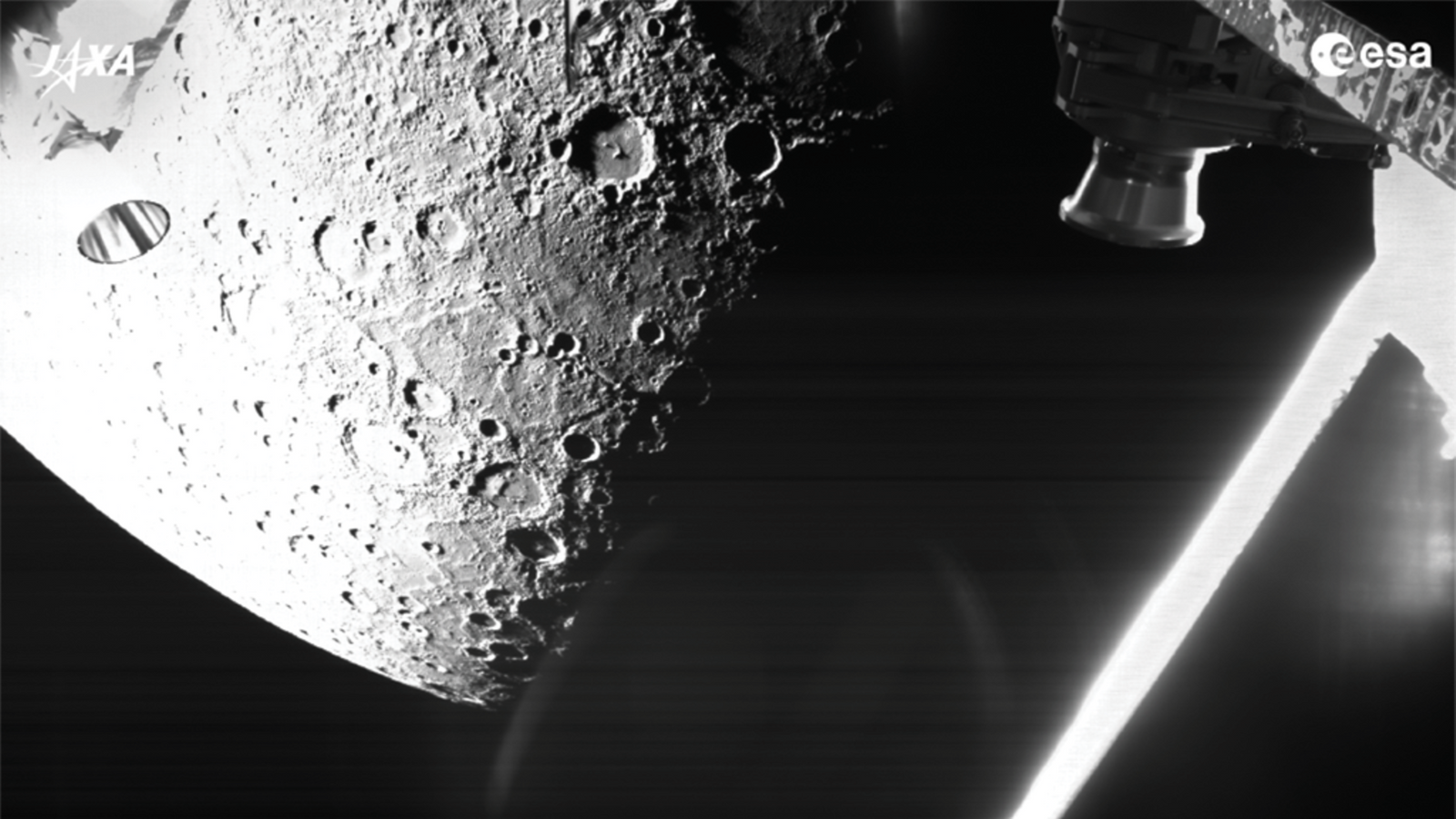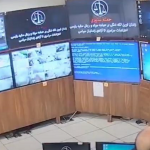A space mission jointly launched by the European and Japanese space agencies has captured its first views of the planet Mercury during a “flawless” flyby.
The BepiColombo mission’s closest approach took place close to midnight on Friday when the spacecraft came within 200km (125 miles) of Mercury’s surface.
The joint mission by the European Space Agency (ESA) and the Japan Aerospace Exploration Agency (JAXA) was launched in 2018.
Using its monitoring cameras and capturing data from a number of scientific instruments – which was downloaded over the course of Saturday morning – a selection of first impressions has now been published by ESA.
Mercury is the smallest planet in our solar system and the nearest to the sun. From the crater-pocked surface pictured by BepiColombo the sun would appear more than three times as large in the sky as it does from Earth.
“The flyby was flawless from the spacecraft point of view, and it’s incredible to finally see our target planet,” said Elsa Montagnon, the Spacecraft Operations Manager for the mission.
The monitoring cameras have captured black-and-white snapshots of the planet in 1024×1024 resolution as well as some of the spacecraft’s structural elements, including its antennas and magnetometer boom.
Mars missions and space exploration – bang for our buck?
Hunt on to find British astronaut to go to the moon – here’s what you need to qualify
UK space experiment could unlock mining resources on moon and Mars
BepiColombo made its closest approach to the surface on the night side of Mercury, so the pictures captured are from an altitude of about 1,000km.
“It was an incredible feeling seeing these almost-live pictures of Mercury,” said Valetina Galluzzi, co-investigator of BepiColombo’s SIMBIO-SYS imaging system that will be used once in Mercury orbit.
“It really made me happy meeting the planet I have been studying since the very first years of my research career, and I am eager to work on new Mercury images in the future,” she added.
“It was very exciting to see BepiColombo’s first images of Mercury, and to work out what we were seeing,” said David Rothery of the UK’s Open University who leads ESA’s Mercury Surface and Composition Working Group.
“It has made me even more enthusiastic to study the top quality science data that we should get when we are in orbit around Mercury, because this is a planet that we really do not yet fully understand,” he said.






















